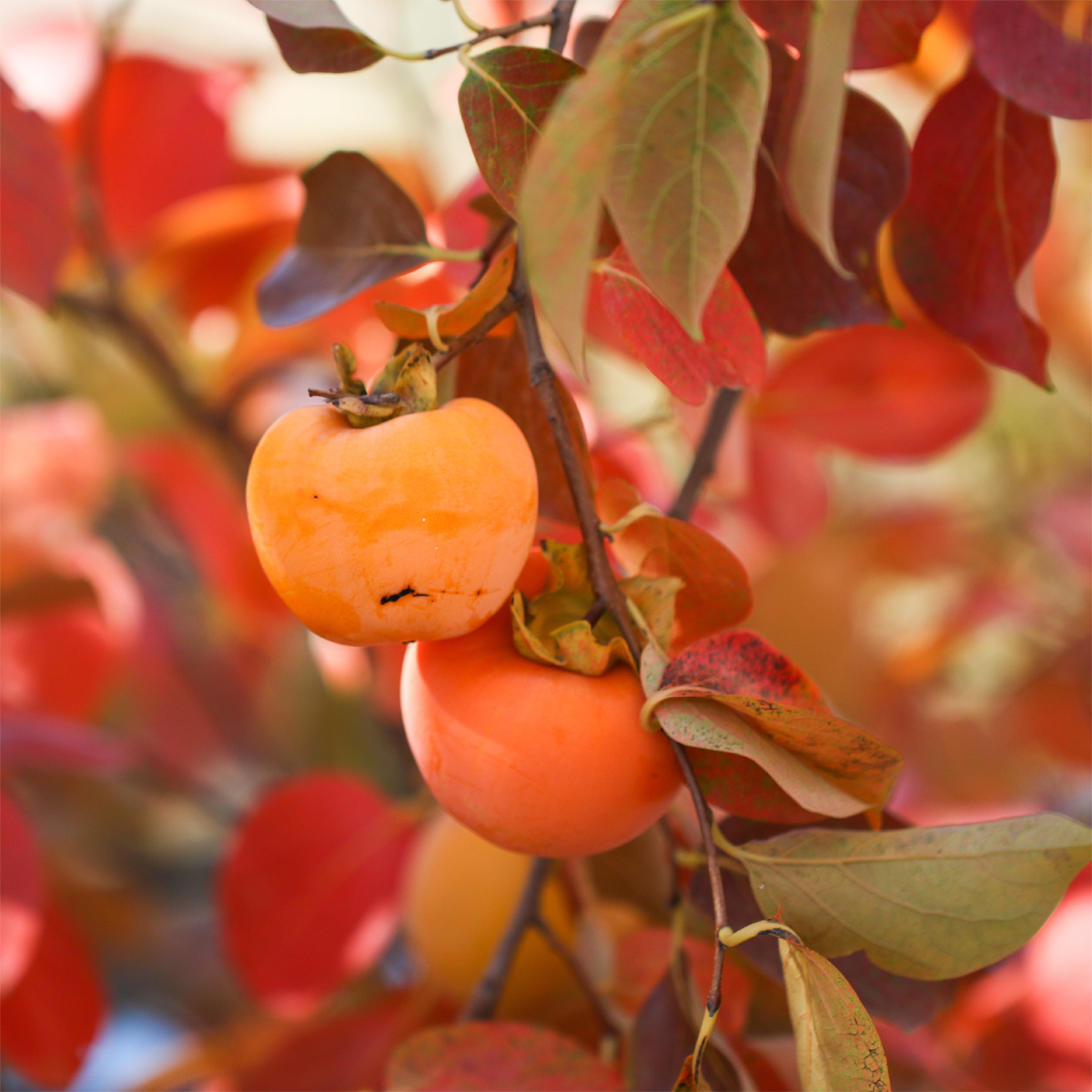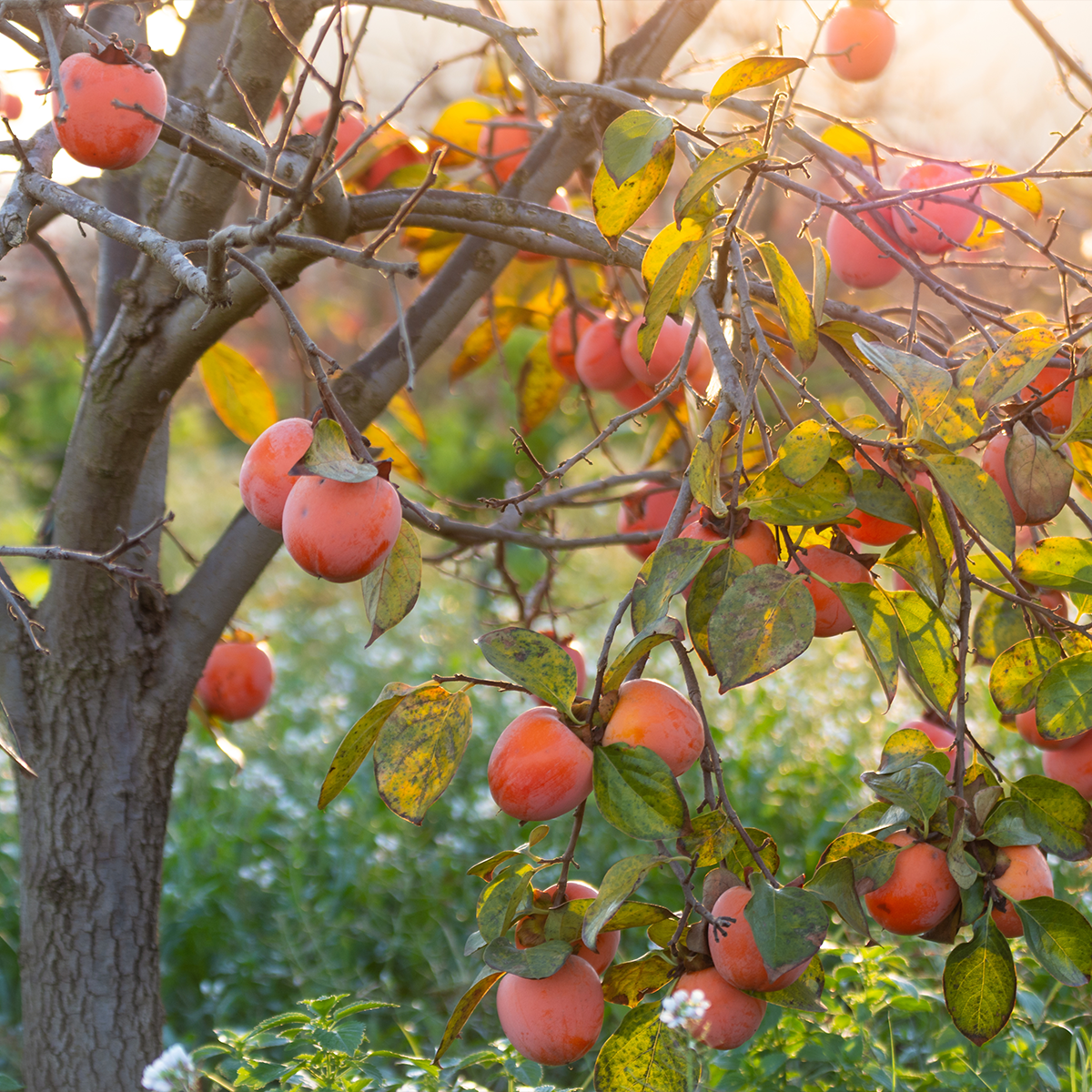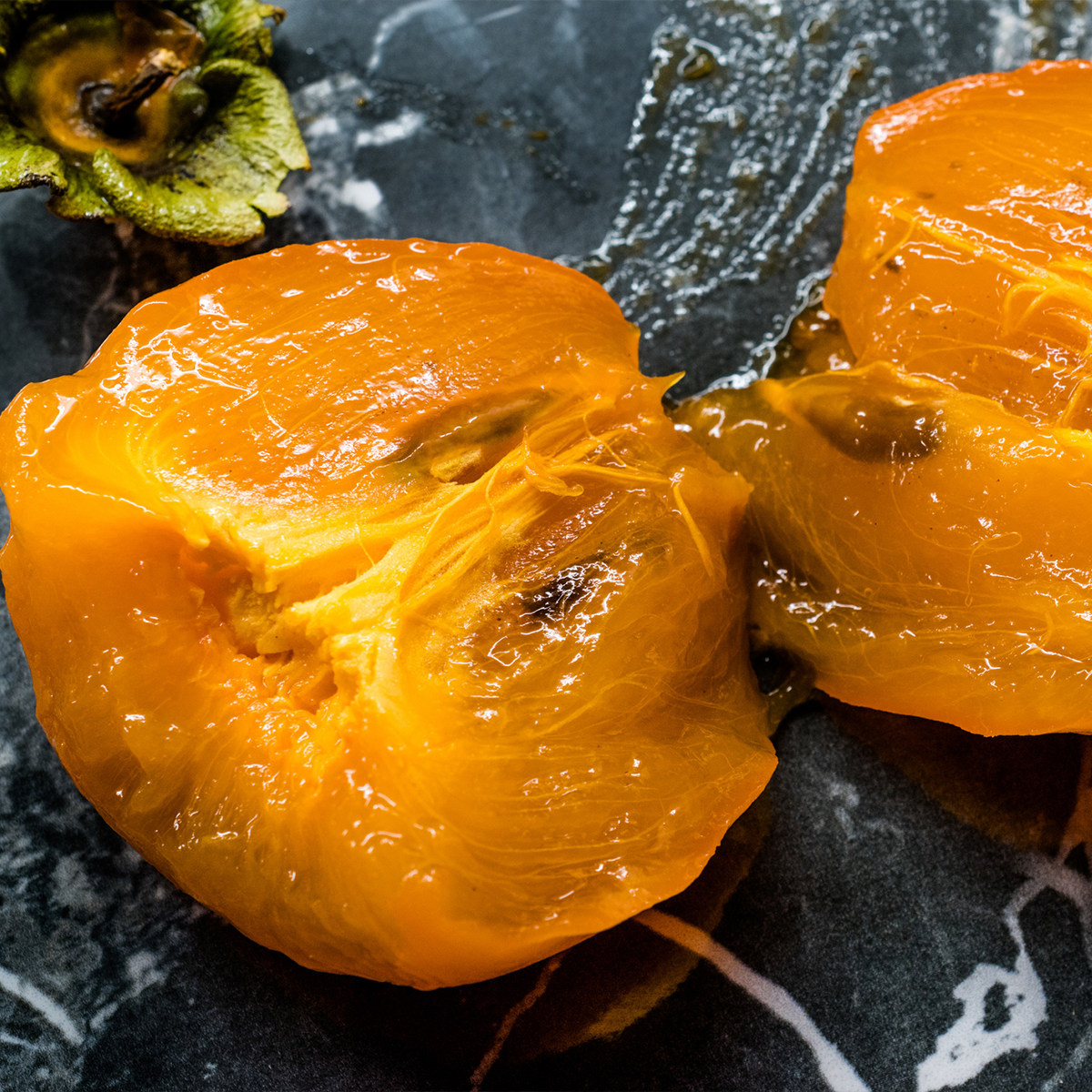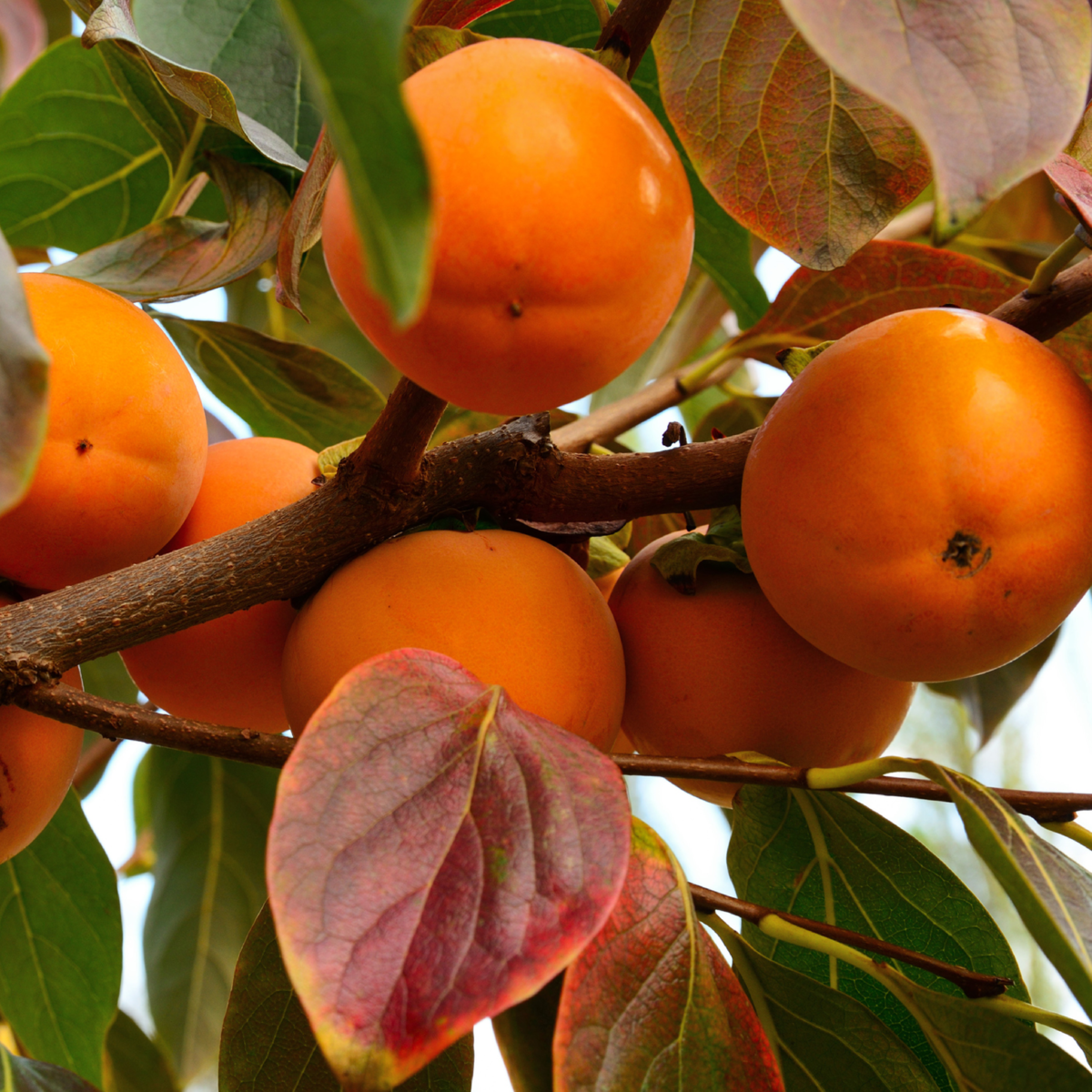
Fall In Love With Persimmons

Growing Perfect Persimmons
Persimmons are a unique and flavorful fruit, cherished for their natural sweetness and beautiful autumn appearance. Originating in East Asia, these orange gems are becoming steadily popular in home gardens, with the Fuyu and Hachiya varieties being the most sought after. As the weather cools, persimmon trees put on a spectacular display, offering a splash of color with their striking fruit. This guide will walk you through everything you need to know about growing persimmons and exploring their nutritional benefits.

Getting To Know Persimmons
Persimmons are often described as the "fruit of the gods," and it's easy to see why. With their smooth skin and vibrant orange color, they are as visually appealing as they are delicious.The two most popular types are Fuyu and Hachiya:
Fuyu Persimmons are non-astringent, meaning they can be eaten when firm. They have a sweet, crisp texture similar to an apple. Fruits usually stay on after leaf drop.
Fuyu Persimmons are non-astringent, meaning they can be eaten when firm. They have a sweet, crisp texture similar to an apple. Fruits usually stay on after leaf drop.
Hachiya Persimmons are astringent and need to be fully ripe (soft and jelly-like) before eating. Otherwise, they can be unpleasantly bitter. However, their sweet, custard-like texture is worth the wait.

Nurtritional Value
Persimmons are not only tasty but also packed with nutrients. They are an excellent source of:
- Vitamin A: Supports eye health and immune function.
- Vitamin C: Boosts the immune system and helps with collagen production.
- Fiber: Aids in digestion and promotes gut health.
- Antioxidants: Help reduce oxidative stress and inflammation.
The high fiber content can aid in digestion, while their rich antioxidant profile supports heart health and reduces the risk of chronic diseases.

Growing Tips
The best time to plant bareroot trees is in late winter or early spring before new growth begins, while potted trees can be planted throughout the growing season. Check out our tree planting guide for more tips on planting.
Soil: Persimmons prefer well-draining, loamy soil with a slightly acidic to neutral pH (6.0-7.0). Avoid heavy clay soils that retain water, as this can lead to root rot.
Sunlight: Choose a location that provides at least 6-8 hours of sunlight per day, with good air circulation for optimal growth.
Watering: Keep soil moist, especially for young trees. Once established, persimmons adapt to lower water needs.
Pruning: Prune in late winter to shape the tree and remove dead branches. Maintain an open canopy for better light and airflow.
Soil: Persimmons prefer well-draining, loamy soil with a slightly acidic to neutral pH (6.0-7.0). Avoid heavy clay soils that retain water, as this can lead to root rot.
Sunlight: Choose a location that provides at least 6-8 hours of sunlight per day, with good air circulation for optimal growth.
Watering: Keep soil moist, especially for young trees. Once established, persimmons adapt to lower water needs.
Pruning: Prune in late winter to shape the tree and remove dead branches. Maintain an open canopy for better light and airflow.
